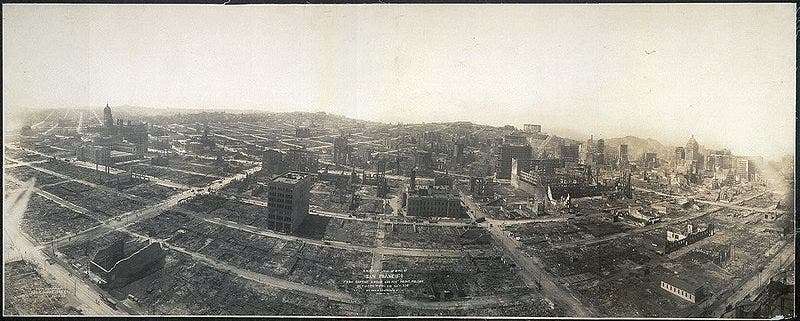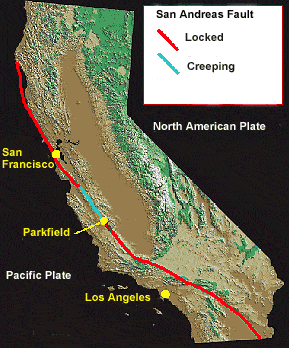You don’t get any country better prepared for an earthquake than Japan. They know they are at risk, they are prudent, they have the money, the technology, and the work force; and yet, when hit by an earthquake of this magnitude, no matter how well prepared you are, you are in for some massive trouble.
It’s a well known fact that the San Andreas fault is way overdue for a major earthquake – an earthquake which will cause unthinkable damage, even though the state of California prides itself to be the leading edge in seismic technology. Very modern buildings have a fair chance of still standing, but everything other than that will become a carpet of rubble; after that, hot winds will undoubtably fan the fires that earthquakes always cause, pipelines will burst, and everything will be unstoppable.

California should learn from the Japan experience that no amount of preparation can make you ready for something like this, when a major earthquake is coming.
“Everybody is playing a gamble that something like this won’t happen,” said Dana Buntrock, associate professor of architecture, at the University of California, Berkeley.
The thing is, the 1906 earthquake in San Francisco left the city devastated; everybody wanted to rebuild as fast as possible, and so, numerous buildings were made without adequate reinforcing steel, while homes and apartment complexes are extremely vulnerable themselves.
“The question is not if but when Southern California will be hit by a major earthquake — one so damaging that it will permanently change lives and livelihoods in the region,” according to a 2008 study by the United States Geological Survey study.
A study concluded that a 7.8 earthquake will probably cause 2.000 deaths and $200 billion damage, but these kind of studies are always optimistic. A 7.8 earthquake would be about 30 times smaller than the seismic event that struck Japan, but it is unlikely to be over 8, due to the tectonic of the region – but then again, so was the Japanese temblor. The thing is, there is a 99 percent chance of a 6.7 magnitude quake within three decades, and 46 percent chance of a 7.5 or greater temblor – talk about good odds. The odds for a 8 to 9 earthquake in the next 30 years were only at 10 percent.
California and Japan tend to look at each other when it comes to building earthquake-resistant buildings, but Japan has a different strategy, of tearing down older buildings and building newer ones instead, which makes them better prepared for this kind of event. But California isn’t the only area which the US has to worry when it comes to earthquakes. Frank Vernon, a geophysics professor and seismology specialist at the Scripps Institution of Oceanography at UC San Diego, speaks about these dangers:
“The most important lesson in the U.S. and North America is the reminder that we have a similar subduction zone called Cascadia up on the coast of British Columbia, Washington, Oregon and very northern California which could do the same thing,” he said. “Some day we will be having this same type of earthquake near our shores,” he said.








